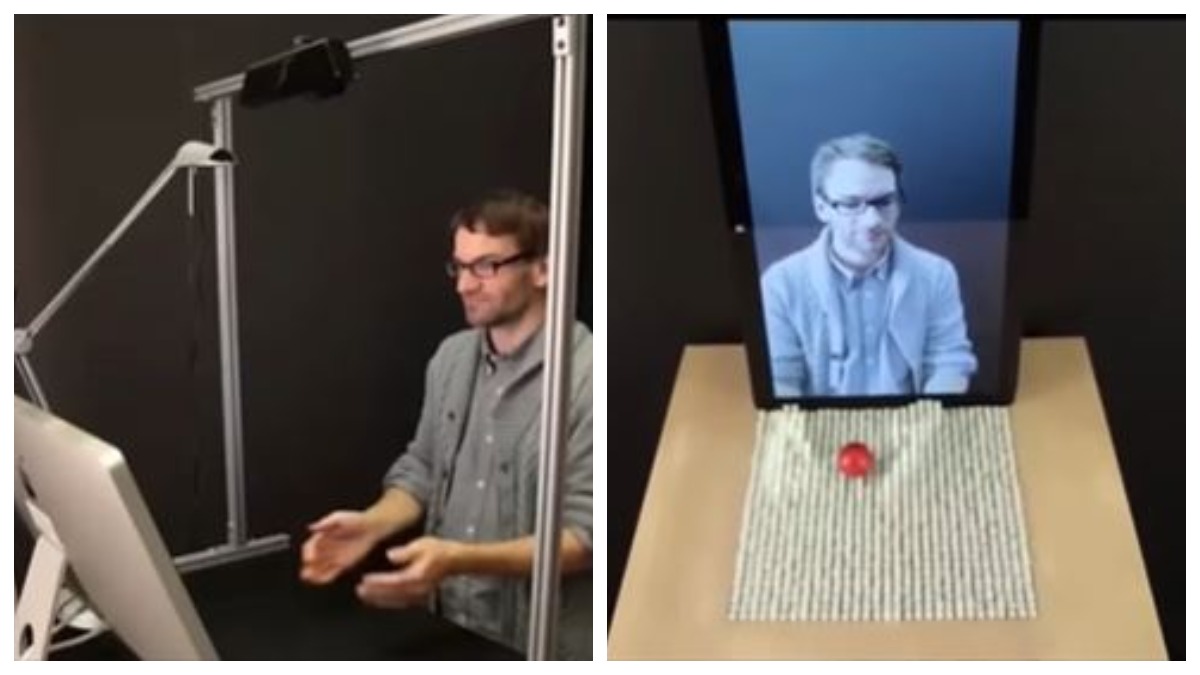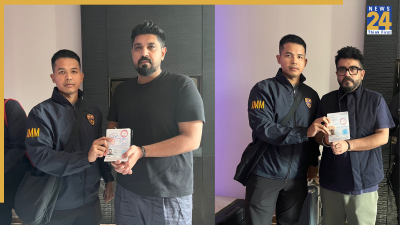MIT has introduced a groundbreaking “Dynamic Shape Display” named inFORM, which is capable of physically altering its shape to showcase 3D content. This display comprises a large surface supported by an array of pins, actuators, and linkages. Through the manipulation of each actuator, inFORM can control the movement of individual pins, enabling a diverse range of interactions.
An overhead projector complements the shapeshifting pins by providing color and enhancing depth perception. Demonstrated in an MIT video, the table can manipulate objects like a ball, replicate the form of a book, exhibit 3D charts, and prominently display smartphone notifications.
When paired with a Kinect sensor, inFORM’s capabilities become more intriguing. The sensor accurately maps and interprets the positions of 3D objects, allowing users to manipulate the table’s pins solely with hand movements. This functionality extends to remote interaction, as demonstrated in a video where an MIT staff member interacts with items via a video conference.
---Advertisement---View this post on Instagram
MIT is actively exploring various application areas for inform. These include utilizing the system for 3D visualizations of medical scans such as CT scans, facilitating device interaction, and manipulating physical objects. Additionally, the institution is keen on leveraging inFORM for mapping and terrain models, benefiting urban planners and architects by offering enhanced visualization and sharing of 3D designs. The MIT Tangible Media Group, credited with inFORM’s development, is collaborating with MIT’s Changing Places group to explore potential applications for urban planners.
While highly remarkable, inFORM represents just a single advancement in MIT’s pursuit of what they term as “Radical Atoms,” a concept conceived over ten years ago. MIT envisions Radical Atoms as the next frontier in interactivity. Currently, our interaction with computers primarily relies on graphical user interfaces (GUI), whereas innovations like inFORM and similar projects introduce a tactile user interface (TUI).













